


The location of the Saltwater School was Stokes Bay, Gosport, Hampshire. Other suitable areas were reconoitered, including Lee-over-Sands in Essex, Osborne Bay on the Isle of Wight and Bracklesham Bay. The Isle of Wight beaches were deemed most acceptable, but difficulties over accommodation resulted in an area adjacent to Browndown ranges being selected. The site was chosen particularly because of its proximity to Osborne Bay, as well as the presence of existing hards on the beach, and the availability of Fort Monkton for billets. Further particulars of the site included the provision of:
Crews attended B Wing for a period of three weeks. They would first waterproof and maintain their tanks and screens. A black pitch called Boscoprene would be used to seal all hatches, inspection covers, belly plates and drain holes. To ensure their work was 100%, they would drive their tanks into an immersion pool for 15 minutes with the bilge pump off, to check for leaks.
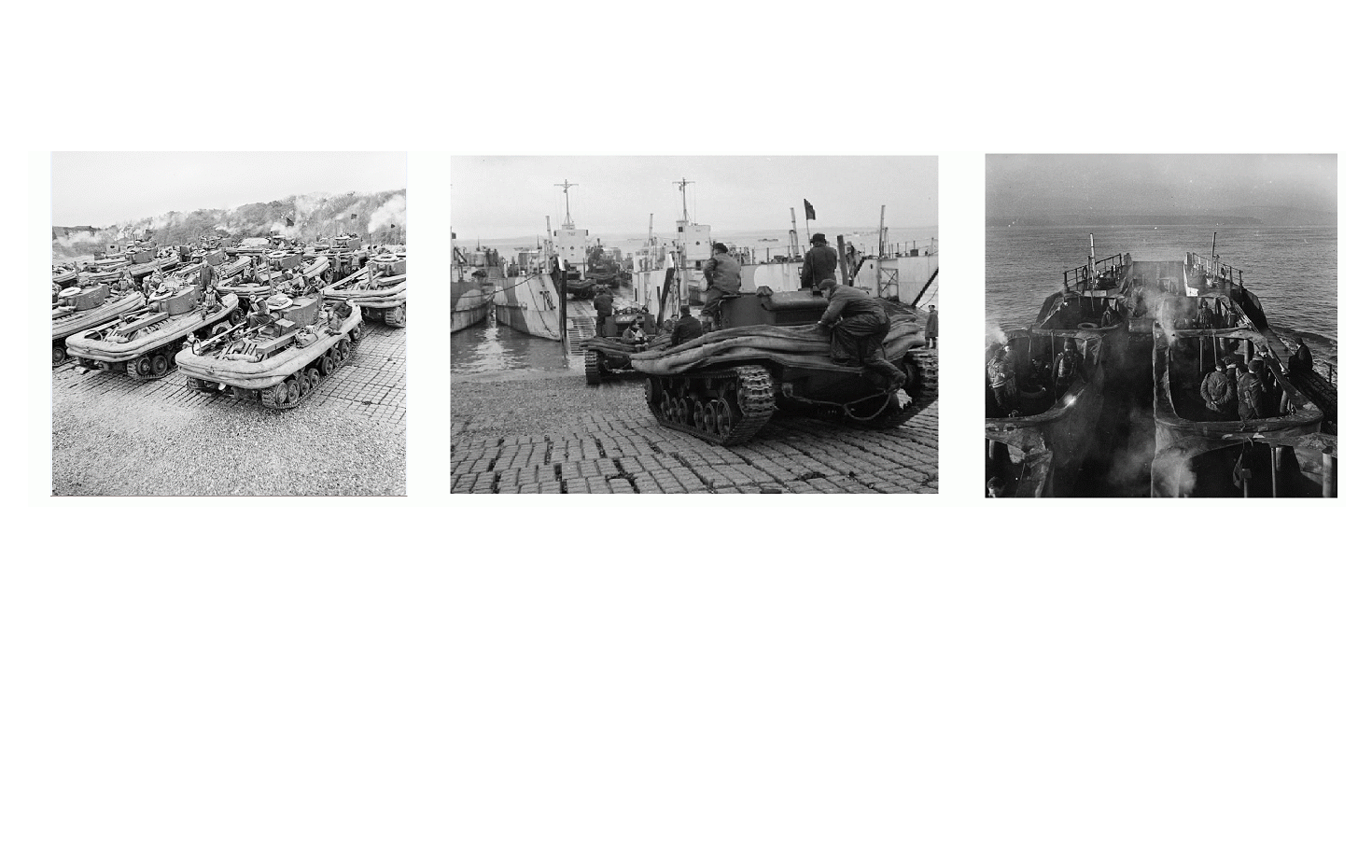
The tank crews would then assemble on G1 hard, and load onto Landing Craft (Tanks) at high tide. This would take about an hour to complete. Six LCTs were used to take the 50 tanks to 1200 yards off the Isle of Wight coast. During the short voyage, the crews would inflate their screens and prepare their ATEA equipment. Once at the departure point, the LCts would turn stern to the wind and lower the ramp. Departure down the ramp was considered the most hazardous part of the training, and drivers could only become proficient through practice. Each tank would launch from their LCT, form up and navigate toward the shore. They could cover the distance in 15 minutes, at a speed of 4.4 knots.
As they appraoched Osborne Beach, they would spread out into assault formation, feel their tracks bite the sand, and wade up to the beach. Once within shallow water, the commander would give the instruction to his driver to drop the front half of the screen. The struts supporting the canvas would be broke, and the air rapidly removed from the front series of pillars. The gunner would ready his aim, and simulate firing upon the beach. Once in less than 4 ft of water, the remainer of the screen would be collapsed, and the tanks would advance onto the beach. They would then be loaded back onto LCTs and taken back out to the Solent to launch again. Due to the tides and proximity of sandbanks, it was only possible to carry out two swims per day or night.
On returning to Stokes Bay, the tanks would be washed down and allowed to dry out, then thoroughly maintained and greased. 1400 men were trained in this way.
One American Crew member from 741st US Tank Battalion recalls his evening experiences: "Gosport was the nearest town, within walking distance of the fort. The men enjoyed the pubs and whiled away a good many hours, playing parts with the other regular customers. Gosport - being a port town - had a good many ATS girls about who were good company and good sports."
In the last few weeks up to D Day, the Wing had to relocate to free up the hards and accommodation for the departing troops and vehicles. To this end, a temporary salt water school was opened at Lee-over-Sands in Essex. The site was located adjacent to a Salt Marsh, and access to the beach was hampered by a tidal river called Rays Creek. An Artesian Works Company were dispatched to construct a Bailey Bridge across the creek and construct a tank park. The Wing was only really used for the training of the 15th / 19th Hussars in July 1944, before it finally relocated back to Gosport in November 1944.
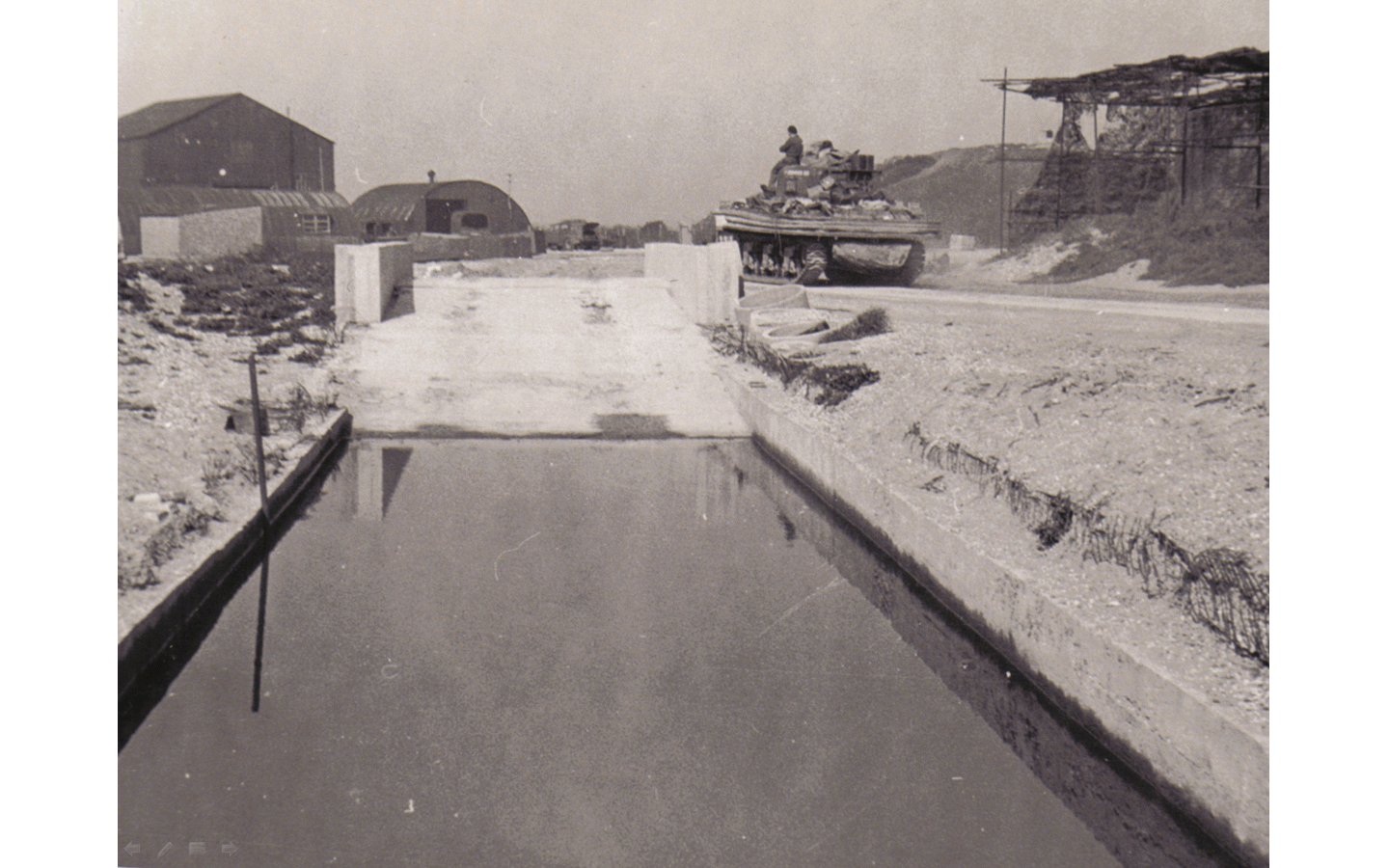
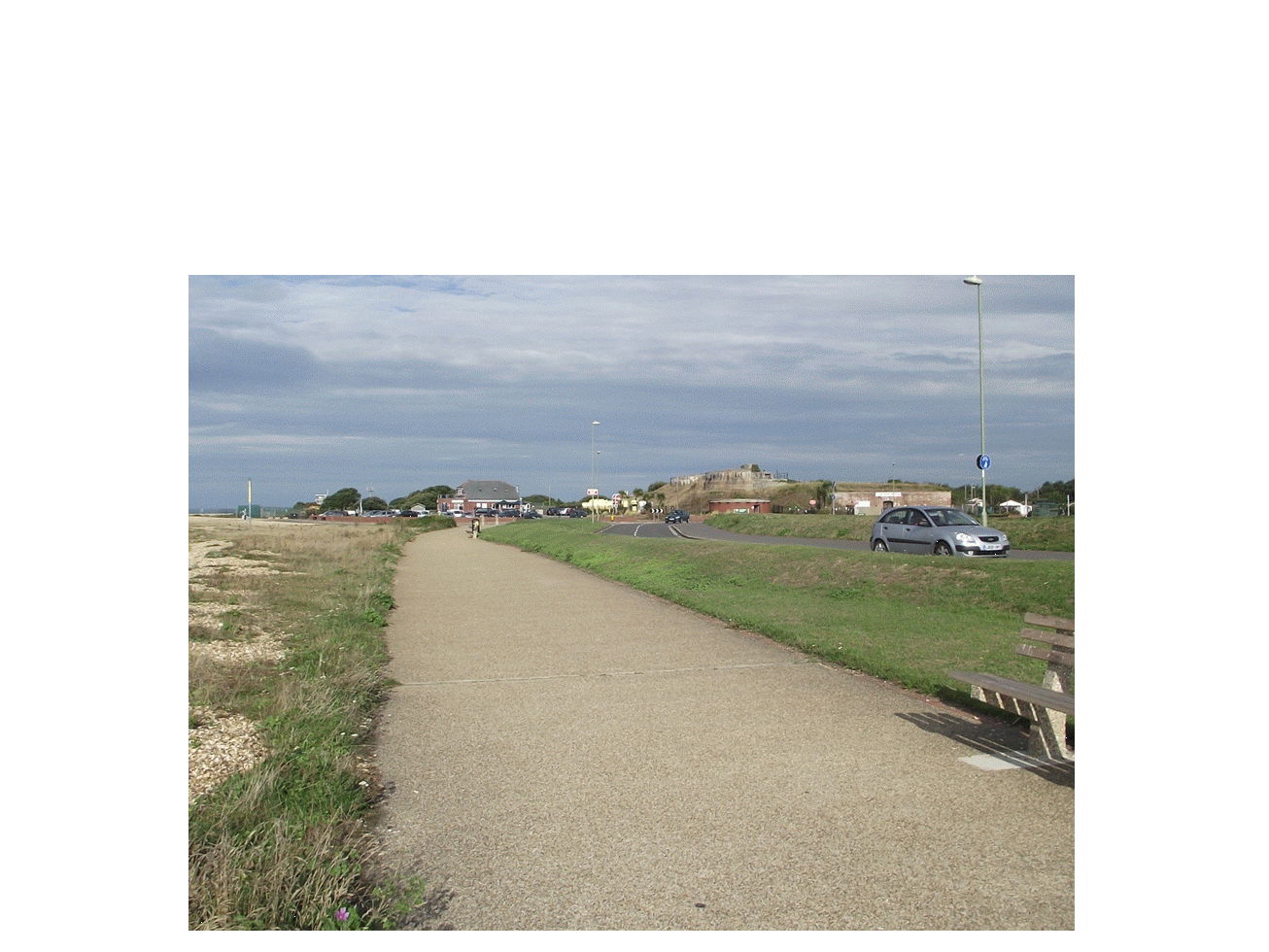
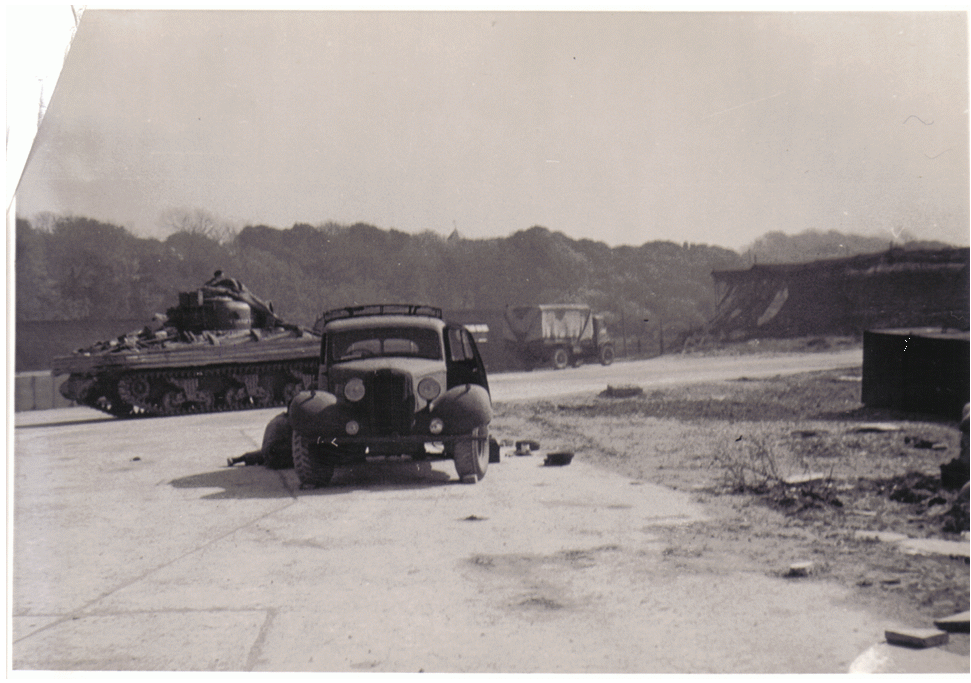
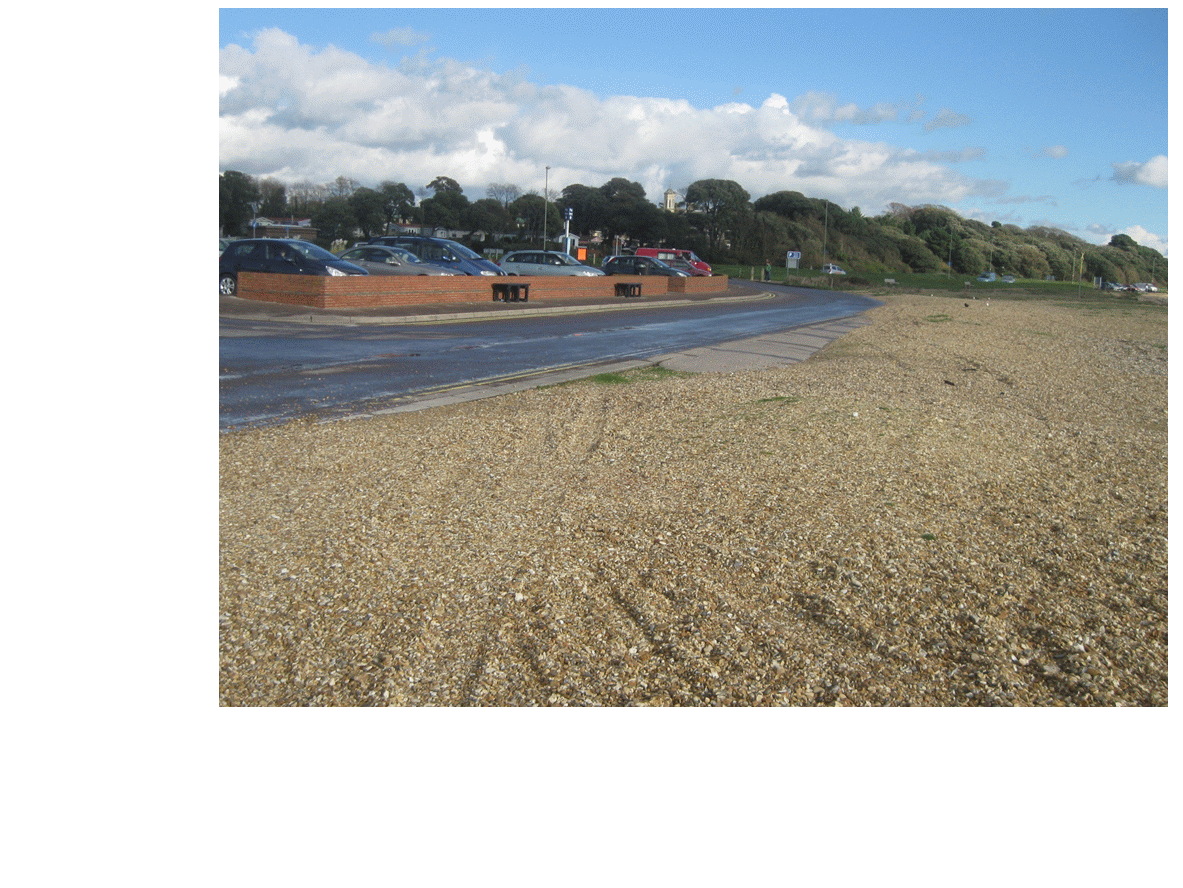
Today, most of the site is accessible as a public open space. The adjacent Diving Museum possesses further information and displays about the Wing.